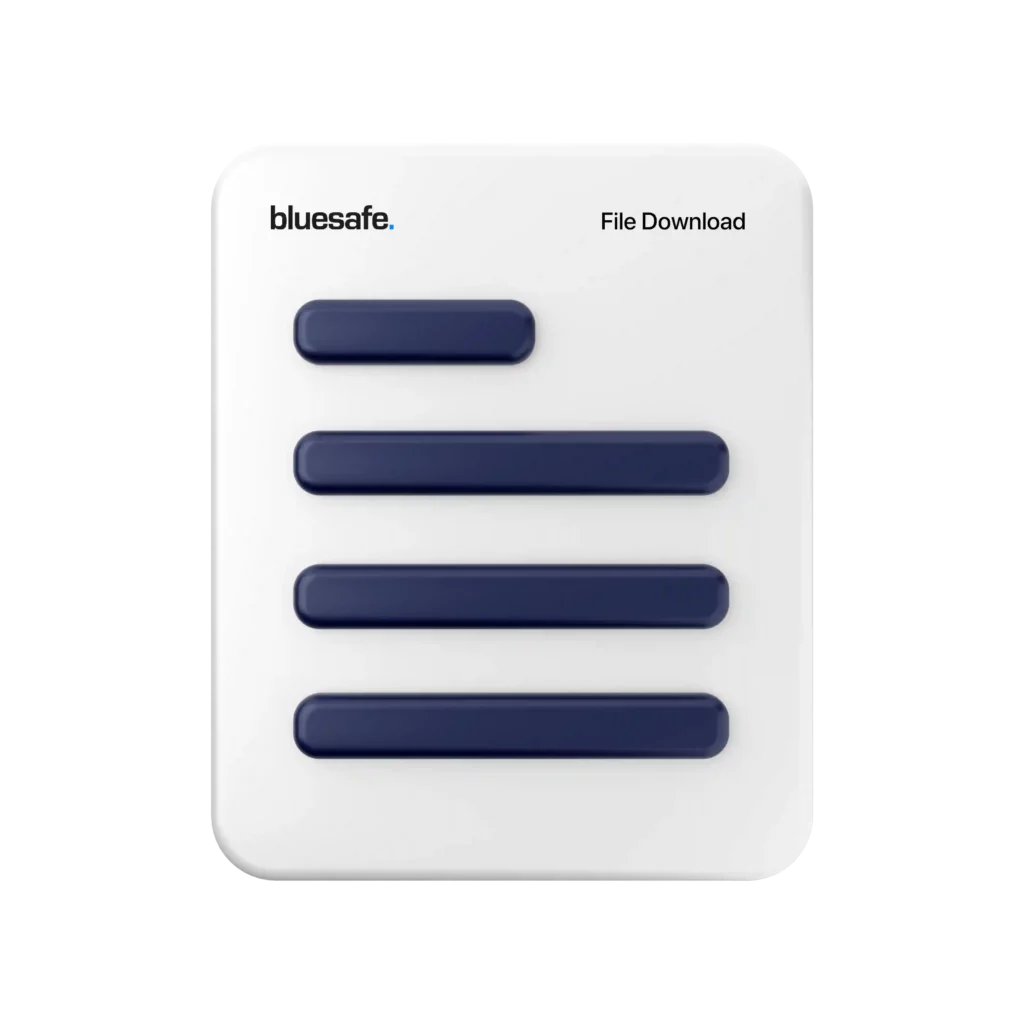First and foremost, let’s talk about what a Safe Work Method Statement is. Simply put, it’s a document that outlines the steps that need to be taken to complete a particular task safely. Now, here are some of the most common mistakes people make when it comes to SWMS.
Mistake #1: Not Tailoring the SWMS to the Task
One of the biggest mistakes people make is not tailoring the SWMS to the specific task at hand. Just because a particular SWMS worked for a similar task in the past doesn’t mean it’s going to be effective for this particular job. You need to take into account all of the unique aspects of the job, including the location, the equipment being used, and the people involved. If you don’t tailor the SWMS to the task, you’re setting yourself up for failure.
Mistake #2: Not Including All Relevant Information
Another common mistake people make is not including all of the relevant information in the SWMS. You need to make sure you cover all of the hazards associated with the job, as well as the controls that will be put in place to mitigate those hazards. This includes things like personal protective equipment, training requirements, and emergency procedures. If you leave out any important information, you’re putting yourself and others at risk.
Mistake #3: Not Consulting with the Workers
It’s important to remember that the people who will be carrying out the task are the ones who know the most about it. That’s why it’s crucial to consult with the workers when creating the SWMS. They can provide valuable insights into the hazards and controls that need to be included in the document. Not only that, but involving workers in the process can help to increase buy-in and ensure that everyone is on the same page when it comes to safety.
Mistake #4: Not Reviewing and Updating the SWMS
Creating a SWMS is just the first step. You also need to make sure you review and update it regularly. As the job progresses, new hazards may arise, or controls may need to be adjusted. If you’re not reviewing and updating the SWMS, you’re leaving yourself open to unnecessary risk.
Mistake #5: Not Communicating the SWMS to Everyone Involved
Finally, one of the most common mistakes people make is not communicating the SWMS to everyone involved in the task. This includes workers, supervisors, and anyone else who may be on site. You need to make sure everyone understands what’s expected of them when it comes to safety. If you don’t communicate the SWMS effectively, you’re setting yourself up for failure.
So, there you have it folks, those are some of the most common mistakes people make when it comes to Safe Work Method Statements. Remember, creating a SWMS is a critical part of any job, but it’s important to do it right. Make sure you tailor the SWMS to the task at hand, include all relevant information, consult with the workers, review and update the document regularly, and communicate it effectively to everyone involved. By doing so, you’ll be well on your way to creating a safe work environment for everyone involved.
Thanks for tuning in, and until next time, this is Gary, signing off!
Cheers,

![]()






